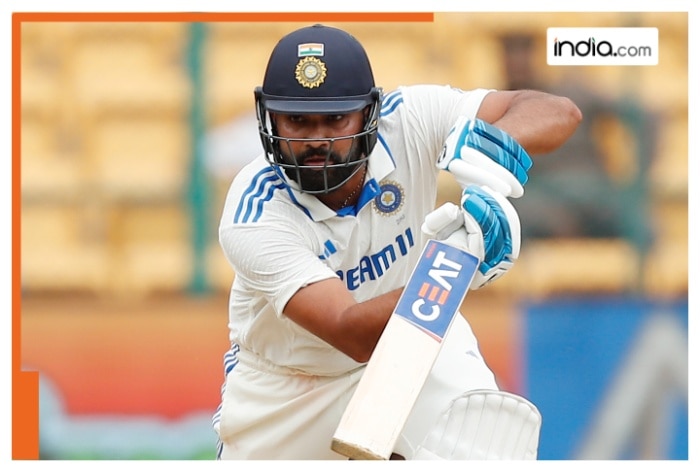 |
|
The absence of Indian cricket captain Rohit Sharma from the first Test against Australia has sparked considerable discussion, particularly given the high stakes of the Border-Gavaskar Trophy. Sharma's decision to prioritize his family following the birth of his second child has garnered widespread support, including from Australian batsman Travis Head. Head's unequivocal endorsement underscores the often-overlooked personal sacrifices made by professional athletes. In a world that often demands unwavering dedication to sport, Head's comments highlight the importance of balancing professional aspirations with familial responsibilities. His statement, 'you do not get that time back,' encapsulates the irreplaceable nature of key life events, urging a more empathetic understanding of the choices faced by athletes in balancing their demanding careers with personal commitments. The statement resonates far beyond cricket, echoing similar dilemmas faced by individuals in a vast array of professions where dedication often necessitates significant personal compromises.
Head's support, however, does not diminish the anticipation surrounding the first Test. His acknowledgment of India's consistent ability to deliver strong performances despite challenges underlines the formidable nature of the opposition. Head's comments serve as a cautionary note, emphasizing that the absence of key players doesn't automatically equate to a weakened team. Indeed, India's history suggests that the pressure and adversity of key player absences can sometimes galvanize the team towards unexpected triumphs. This historical context adds another layer of complexity to the match, highlighting the deep-seated resilience that characterizes the Indian cricket team and the unpredictable nature of international sports competitions. The match will not only be a test of individual skill and team strategy, but also a measure of the Indian team's capacity to adapt and overcome adversity.
The uncertainty surrounding Sharma's return date adds another compelling element to the narrative. While the best-case scenario suggests a potential mid-Test rejoining in Perth, the more likely scenario points towards an Adelaide reunion for the Pink Ball Test. This ambiguity introduces a strategic element of unpredictability for both teams. The Australian team must prepare for a contest without the seasoned presence of Sharma, while the Indian team, led by Jasprit Bumrah in his absence, must showcase its resilience and adaptability. The absence of a confirmed return date places further emphasis on the importance of Bumrah's leadership, his ability to rally his team in a critical moment and his capacity to inspire confidence and consistency in the absence of his captain. The fluctuating dynamics of the situation underscore the human element of professional sports, reminding us that unexpected circumstances can significantly alter the course of events. This element of unpredictability is, perhaps, one of the aspects that makes international cricket so compelling for audiences globally.
The article's concluding statement about seeking 'breaking news and live news updates' on social media platforms represents a common practice in contemporary digital journalism. This call to action, however, should be considered in the broader context of the article's content. While the inclusion of such prompts is common practice across numerous news sources, its presence does not necessarily categorize the article as an advertisement. Rather, it represents a typical journalistic practice to engage a larger audience and ensure the dissemination of information across various digital platforms. In this case, the call to action should not be interpreted as inherently commercial or promotional in nature, but rather as a strategy to expand readership and maintain audience engagement in a rapidly evolving digital media landscape. The social media references do not necessarily detract from the journalistic quality of the piece or compromise its objectivity but it is an important consideration in examining the wider role that social media plays in modern news distribution.
